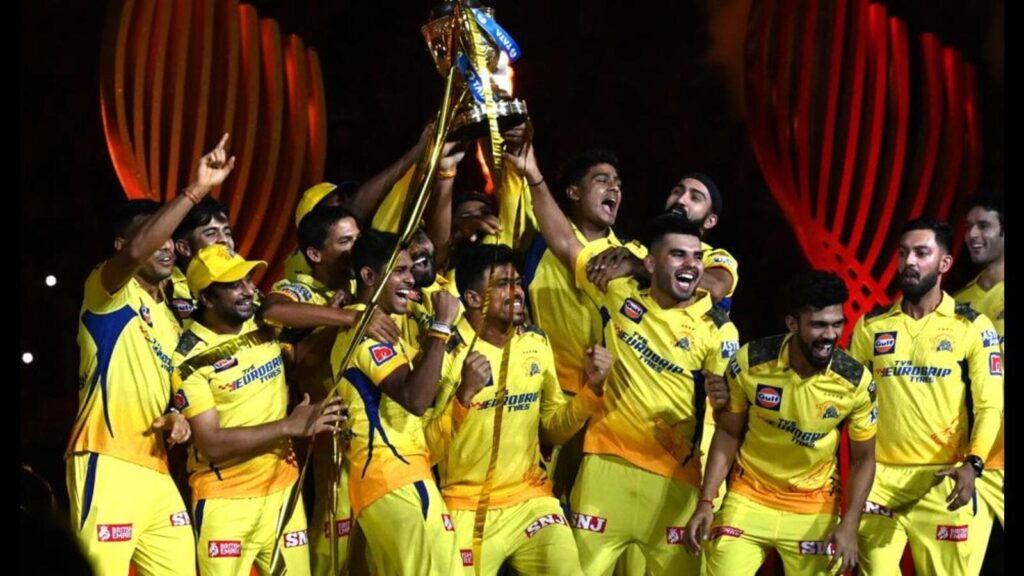That India rules world cricket with its economic might and a robust supply chain of elite-level homegrown talent is a universally acknowledged fact, but the latest season of the Indian Premier League (IPL) takes the country’s supremacy a notch or two higher. The two-month extravaganza featuring 70 games at a breathless frequency — it culminated in a thrilling last-ball victory courtesy Ravindra Jadeja for pedigreed champions Chennai Super Kings over new powerhouses Gujarat Titans — has emerged by far the marquee event on the cricket calendar. For the first six weeks of the competition, television garnered a worldwide audience of 482 million this season, and streaming platforms saw 1.5 billion over seven weeks, both figures setting new records.
Cricket boards increasingly now schedule their fixtures so as to ensure their players’ availability for the annual showpiece event. The shift is necessitated by expediency rather than generosity, as players could otherwise opt for Kolpak deals, such is the lure of the biggest stage in India. The IPL final — played effectively over three days this time because of repeated rain interruptions, during which none of the 75,000-odd spectators at the Narendra Modi Stadium in Ahmedabad left the venue, and ended up being rewarded with MS Dhoni lifting the title for a fifth time — is now the commercial equivalent of the Super Bowl, the climax of the NFL (National Football League) in the US. The highest paid among the IPL stars rub shoulders with the best of the best in golf, soccer, and basketball in terms of earnings per game, according to Forbes data.
The already growing IPL brand has been put into a different orbit by the explosion of OTT (over-the-top) viewing, brought about by Reliance Jio offering the event for free, as it did for the FIFA World Cup last year. That this has been a game-changer in an already evolved marketplace can be gauged by the numbers above. In a country undergoing a drastic digital transformation and enjoying a high per capita penetration of mobile handset ownership despite lagging on certain other economic indicators, this shift is bound to have a multiplier effect. The huddle around a small TV at the paan shop during a bilateral ODI has well and truly given way to IPL on the handset while at the hairdresser’s or on a train journey, thanks to good broadband speeds and the best players in the business plying their trade in India’s own league.
Enjoy unlimited digital access with HT Premium
Subscribe Now to continue reading


